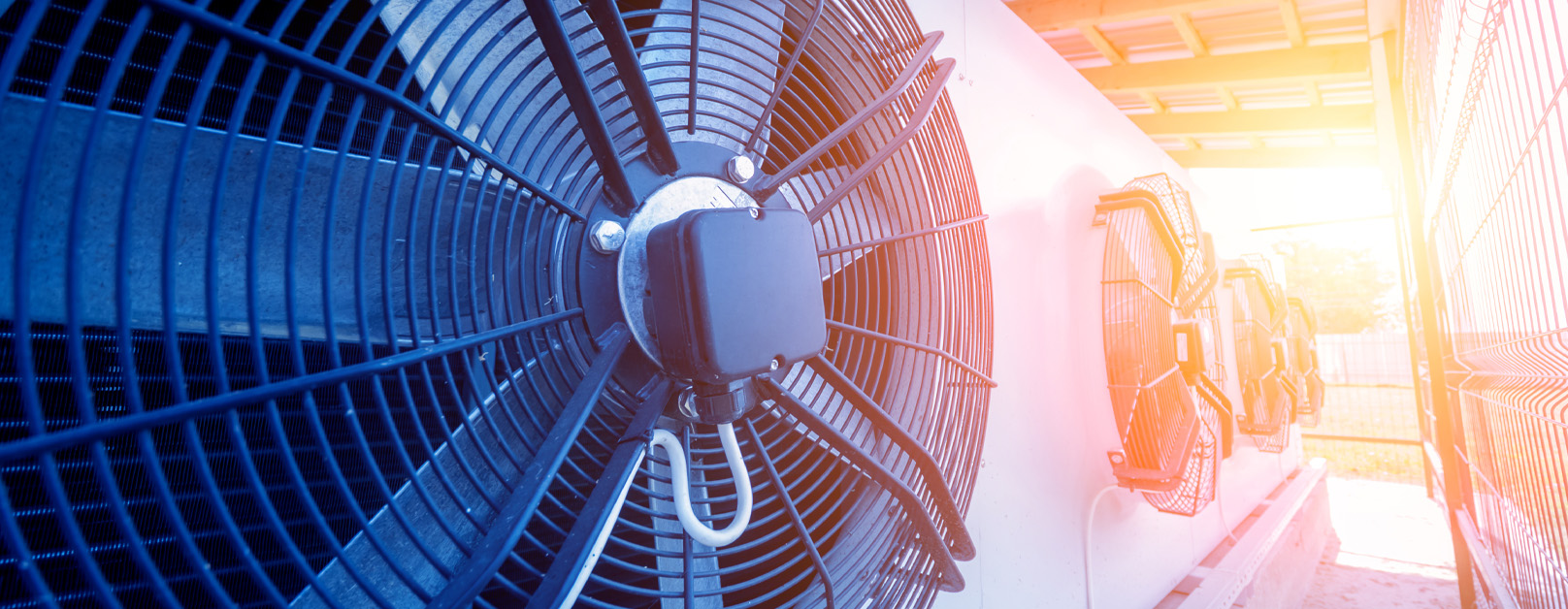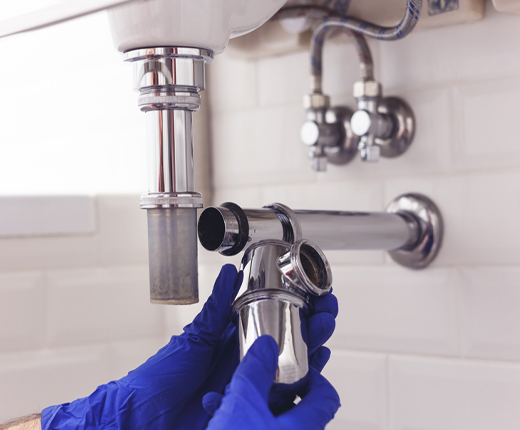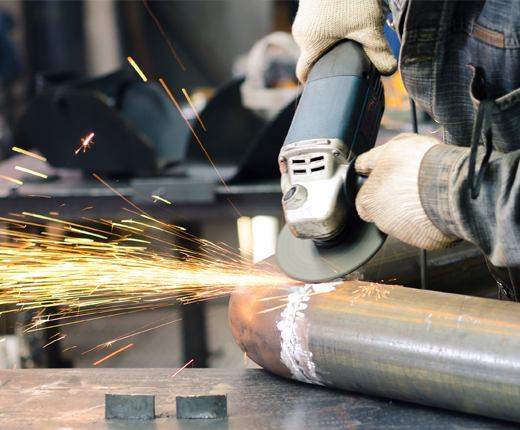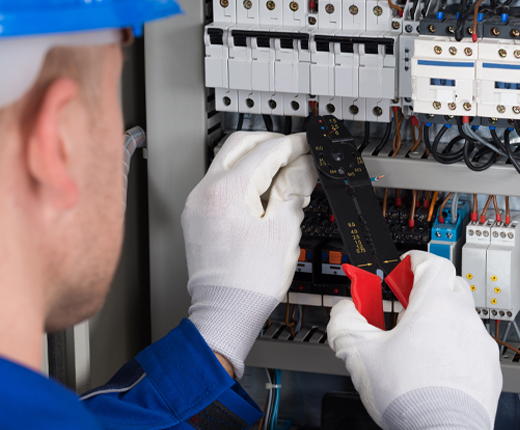HVAC
What is HVAC?
HVAC stands for Heating, Ventilation, and Air Conditioning and refers to the different systems used to move air between indoor and outdoor areas. Typically, this career deals with installing, repairing, and maintaining heating and cooling systems for residential, industrial, and commercial buildings. The purpose of an HVAC system is more than just optimizing temperatures but is about improving indoor air quality to provide comfort and safety.




